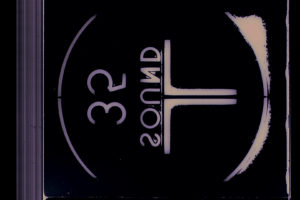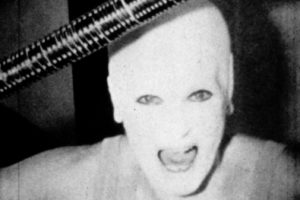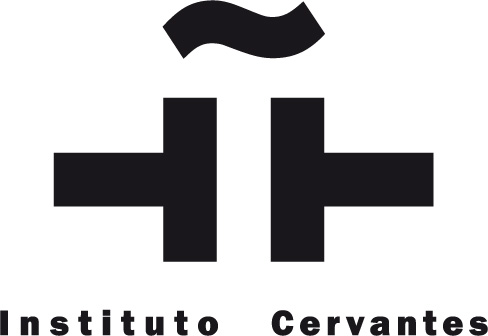Archive

L’Âge d’Or Prize 2
06.10.2015 / 17:00
Ledoux
Program 2017 » Other programmes » Incisions and Imprints

NARCISA HIRSCH, ARGENTINA 1967
b&w, 8’, Digital file, v : NO DIALOGUE
NARCISA HIRSCH, ARGENTINA 1970-1971
colour, 12’, Digital file, v : NO DIALOGUE
NARCISA HIRSCH, ARGENTINA 1975
colour, 11’, Digital file, v: ENGLISH, sub : —
NARCISA HIRSCH, ARGENTINA 1976-2001
colour, 11’, Digital file, v : NO DIALOGUE
MARIELOUISE ALEMANN, ARGENTINA 1979
colour, 7’, Digital file, v : NO DIALOGUE
MARIELOUISE ALEMANN, ARGENTINA 1980
b&w, 8’, Digital file, v : NO DIALOGUE
MARIELOUISE ALEMANN, ARGENTINA 1977
b&w, 8’, Digital file, v : NO DIALOGUE
MARIELOUISE ALEMANN, ARGENTINA 1980
colour, 19’, Digital file, v : NO DIALOGUE
NARCISA HIRSCH, ARGENTINA 1980
colour, 6’, Digital file, v : NO DIALOGUE
Narcisa Hirsch en Marielouise Alemann werden beide in Duitsland geboren in de late jaren 1920. Ze zouden het grootse deel van hun leven in Argentinië doorbrengen. In het Buenos Aires van de jaren 1960 vonden ze een tegencultuur die hen inspireerde om een eigen artistieke praktijk aan te vangen, en uiteindelijk kwamen ze allebei bij film terecht. Geïnspireerd door berichten over een groeiende ‘underground’-filmbeweging in andere delen van de wereld begonnen ze het soort films te maken dat ze in hun stad niet te zien kregen. Hirsch en Alemann kozen voor super 8: omwille van het formaat goedkoop en draagbaar en stimulerend op esthetisch vlak. Ze vingen een intensieve artistieke uitwisseling aan waarbij zij elkaar – en jongere filmmakers – vaak assisteerden bij filmprojecten. Hun diep persoonlijke films zijn in veel opzichten uniek in de Latijns-Amerikaanse experimentele cinema van de jaren 1970 en 1980. De films in dit programma-onderdeel werden geselecteerd om een soort van dialoog te creëren tussen werken die fascinerende overeenkomsten vertonen maar evengoed veelzeggende verschillen.
Nées en Allemagne à la fin des années 1920, Narcisa Hirsch et Marielouise Alemann ont passé la majeure partie de leur vie en Argentine. Dans le Buenos Aires des années 1960, elles ont découvert une contre-culture qui fut la source d’inspiration de leurs propres pratiques artistiques, les amenant à la réalisation de films. Inspirées par l’avènement d’un mouvement « underground » dans le cinéma dans d’autres parties du monde, elles se sont mises à faire des films qu’on ne voyait pas sur les écrans de leur propre ville. Adoptant le Super 8 non seulement parce que c’était un format léger et peu coûteux mais aussi parce qu’il était excitant au point de vue esthétique, Hirsch et Alemann furent à l’origine d’une intense période de correspondances artistiques au cours de laquelle elles se sont souvent assistées mutuellement (ainsi qu’elles ont aidé d’autres cinéastes plus jeunes) dans la réalisation de leurs projets cinématographiques respectifs. Leurs films, très personnels, sont uniques à nombreux égards dans le cinéma expérimental latino-américain des années 1970 et 1980. Les courts métrages repris dans ce programme ont été sélectionnés de manière à construire un dialogue entre des œuvres qui recèlent d’intrigantes affinités ainsi que d’évidentes différences.
Born just one year apart in late 1920s Germany, Narcisa Hirsch and Marielouise Alemann ended up spending the majority of their lives in Argentina. In 1960s Buenos Aires they eventually found a counter-culture that inspired them to take up their own artistic practice, eventually leading each to filmmaking. Inspired by reports of a growing ‘underground’ film movement in other parts of the world, they began to make the kind of cinema that they could not see on the movie screens of their city. Embracing Super 8 because it was not only cheap and portable but aesthetically galvanizing as well, Hirsch and Alemann initiated an intensive period of artistic exchange in which they frequently assisted each other (and younger filmmakers) with their individual filmmaking projects. Their deeply personal films are, in many ways, unique among Latin American experimental cinema of the 1970s and 1980s. The films in this programme were selected in order to construct a dialogue of sorts, across works with intriguing affinities and telling differences.
ingeleid door / présenté par / introduced by
Federico Windhausen
In partnership with

